U.S. Department of Transportation
Federal Highway Administration
1200 New Jersey Avenue, SE
Washington, DC 20590
202-366-4000
Federal Highway Administration Research and Technology
Coordinating, Developing, and Delivering Highway Transportation Innovations
| REPORT |
| This report is an archived publication and may contain dated technical, contact, and link information |
|
| Publication Number: FHWA-HRT-07-040 Date: October 2011 |
Publication Number: FHWA-HRT-07-040 Date: October 2011 |
The purpose of a QA review is to achieve consistency of calibrations among centers. When the protocol is done correctly, the final gain factors for an FWD will be accurate within ±0.3 percent regardless of which center performs the calibration. QA reviews should be performed annually to ensure that the center is achieving the quality standards. In addition, the QA review provides the center with the most current information about the protocol.
Three people are needed to perform a QA review: the FWD calibration operator, an FWD operator, and the independent QA reviewer. Table 11 lists the roles and responsibilities for each person involved in the review.
This appendix assumes a single FWD calibration operator is being reviewed, but multiple people may be certified in a single QA review. One day should be scheduled for each FWD calibration operator. While training is not part of the QA review, if a new operator needs to be trained during the same visit, up to an additional 2 days should be scheduled for that.
Prior to the review, the calibration operator is provided with a pre-QA review questionnaire to assure a smooth and efficient review (see figure 43). An operator review form (see figure 44) and a facilities review form (see figure 45) are used during the review. Copies of these forms should also be sent out before the review. The purpose of each document is as follows:
In order for the QA review to be efficient, it is important that the FWD is in good working condition. It is not required that the FWD passes the calibration in order for the calibration center operator to demonstrate his/her proficiency and be certified. However, if the FWD is not working properly, it may not be possible to complete the review process.
At the beginning of the review, the calibration operator, FWD operator, and QA reviewer meet to discuss the anticipated flow of the review process. This provides an opportunity to ask questions about the review, the calibration protocol, or the software and equipment. Problems or questions that have come up during the previous year can be reviewed and discussed. During this meeting, the QA reviewer should provide information about changes in the protocol or the software since the last review.
As part of the review, the QA reviewer will copy the last year of FWD calibration results from the calibration computer to a CD, a thumb drive, or a portable hard drive. This semiautomated process takes 15–45 min once it is started depending on how many files need to be copied. It can be done while the QA review meeting is taking place. After the files are copied, the QA reviewer will update the FWD calibration software and provide a backup copy of the updated software for the calibration operator.
A review of the facility and the equipment determines compliance with the FWD calibration protocol. This assures that the equipment conforms to the protocol and that it is in good working condition.
The QA reviewer checks that the equipment being used is compliant with the calibration protocol, the serial numbered equipment are correct, the reference devices are up to date on their calibrations, and the facility is able to perform FWD calibrations without electromagnetic interference or significant temperature changes during a typical FWD calibration. A checklist assists the reviewer by providing information on the important observation points. It is used as a record of the items reviewed.
The calibration operator is reviewed to assure that the protocol is being performed correctly. The calibration operator demonstrates proficiency with the protocol by calibrating an FWD. Three levels of operator compliance have been defined in table 12.
A checklist guides the QA reviewer through the important observation points. This includes the setup procedure in the WinFWDCal software, deflection sensor calibration, load cell calibration, and documentation and certification of the FWD calibration.
Upon completion of the FWD calibration, the calibration operator and QA reviewer meet to discuss the review process and communicate any needed modifications. The FWD operator should be included in the meeting if the QA reviewer feels that this would improve the quality of future calibrations. During the meeting, the QA reviewer informs the calibration operator of the compliance level. When the review is passed, the operator is issued a certificate of compliance. A sample certificate is provided in figure 46.
A written report documenting the QA visit should be created as soon as possible after the visit, preferably within 2 weeks. The certificate of compliance is valid for 15 months, but the next QA visit must be scheduled within 12 months. This allows some flexibility in scheduling but ensures communication within 1 year.
Because AMRL took over responsibility for the QA visits in late 2010, it can be expected that some changes in procedures and checklists will occur.
Figure 43. Illustration. Pre-QA review questionnaire.
Figure 44. Illustration. Calibration operator QA review form.
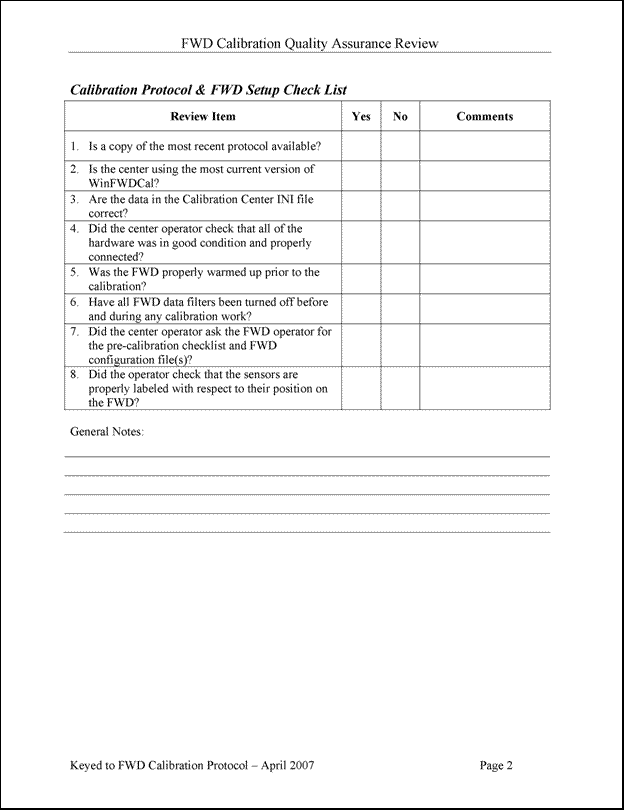
Figure 44 (continued). Illustration. Calibration operator QA review form.
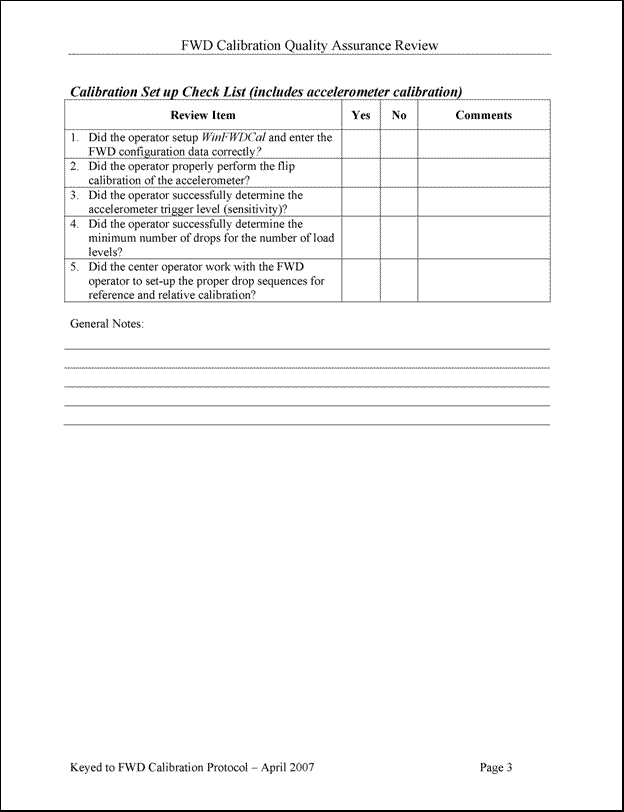
Figure 44 (continued). Illustration. Calibration operator QA review form.
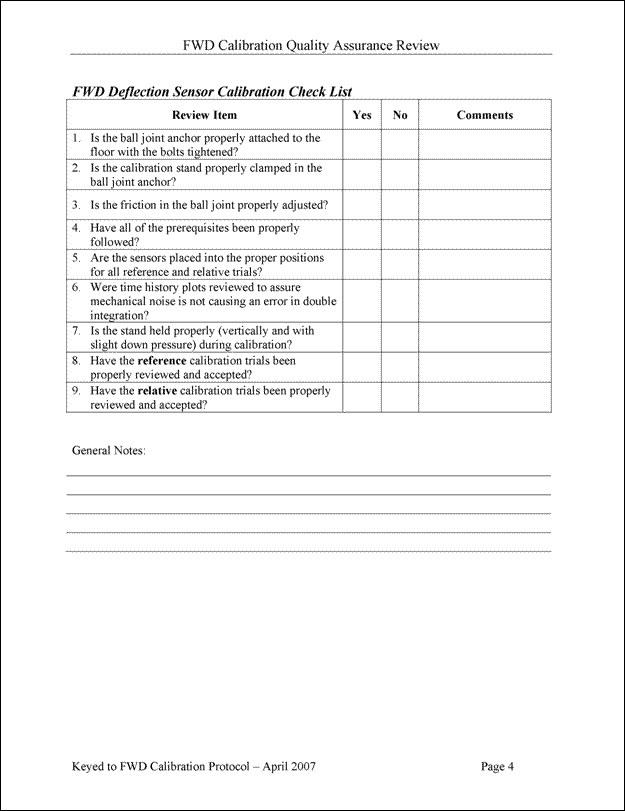
Figure 44 (continued). Illustration. Calibration operator QA review form.
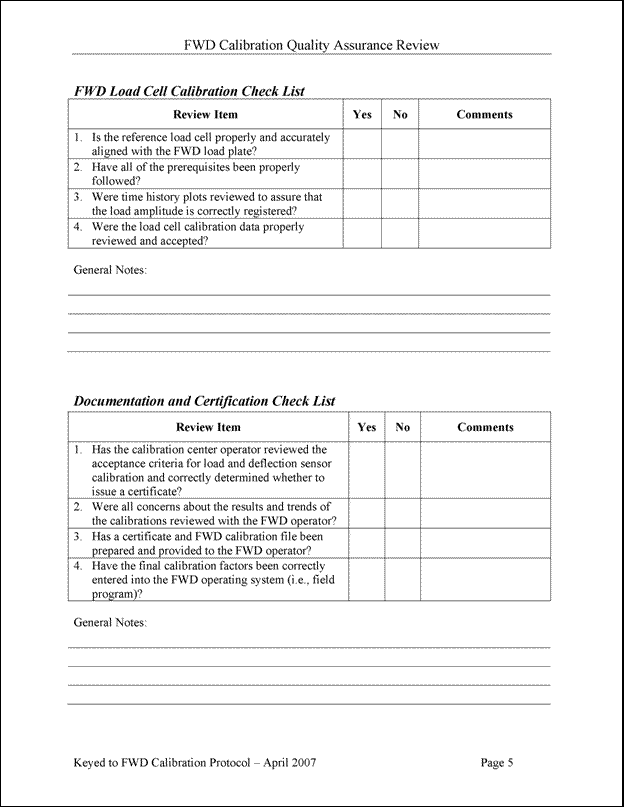
Figure 44 (continued). Illustration. Calibration operator QA review form.
Figure 45. Illustration. Center facilities QA review form.
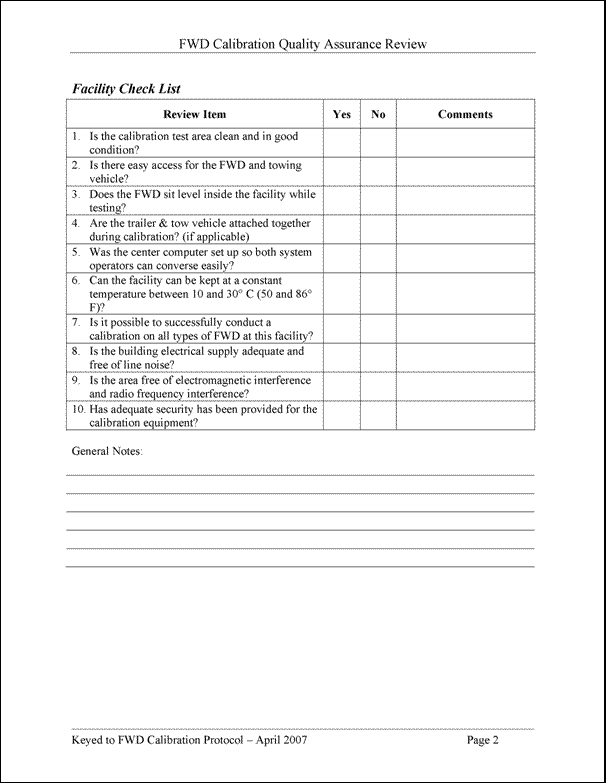
Figure 45 (continued). Illustration. Center facilities QA review form.
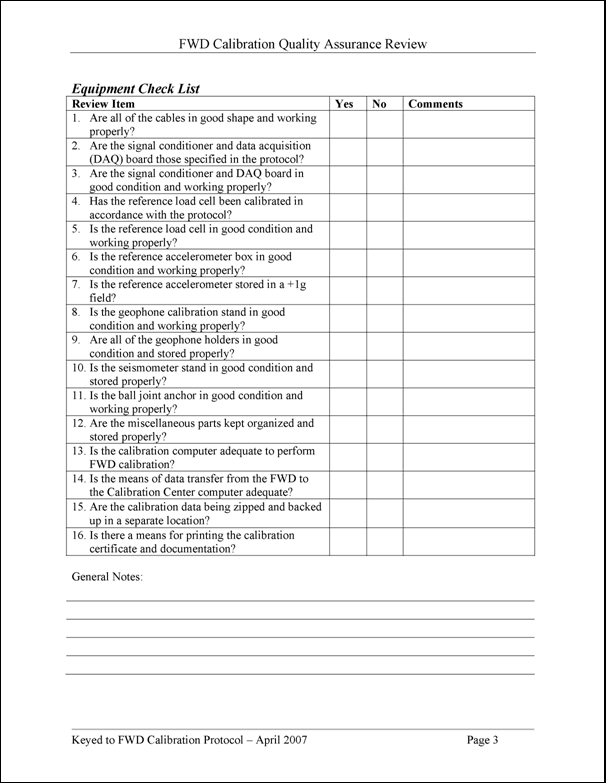
Figure 45 (continued). Illustration. Center facilities QA review form.
Figure 46. Illustration. Center operator certificate of compliance.